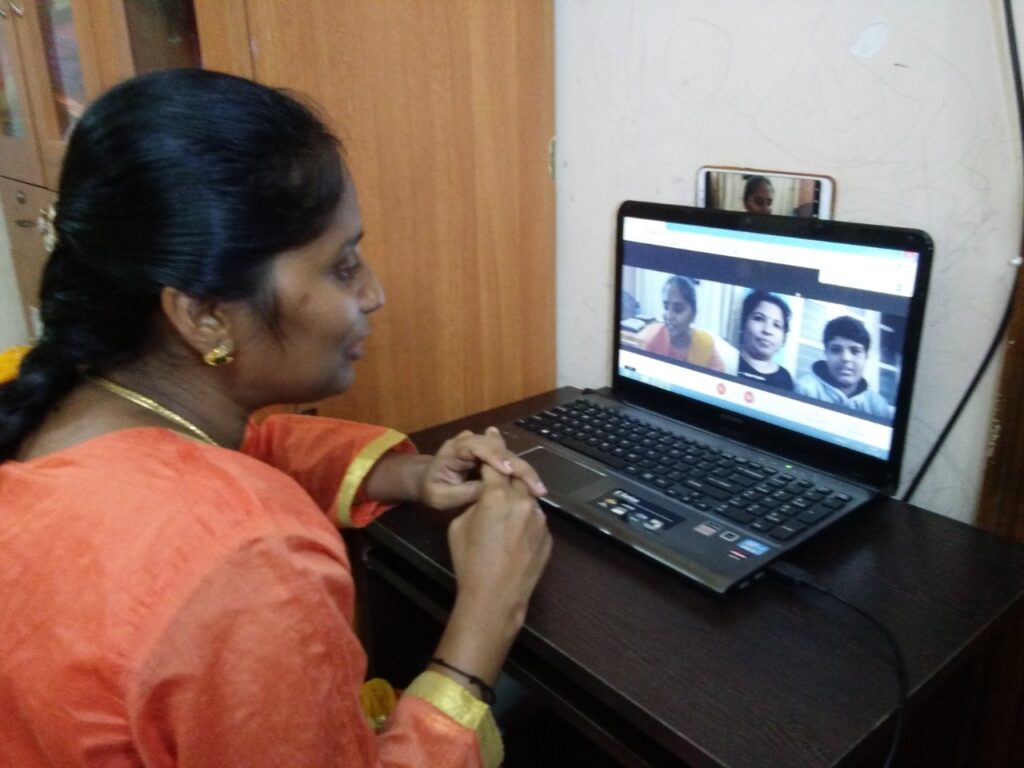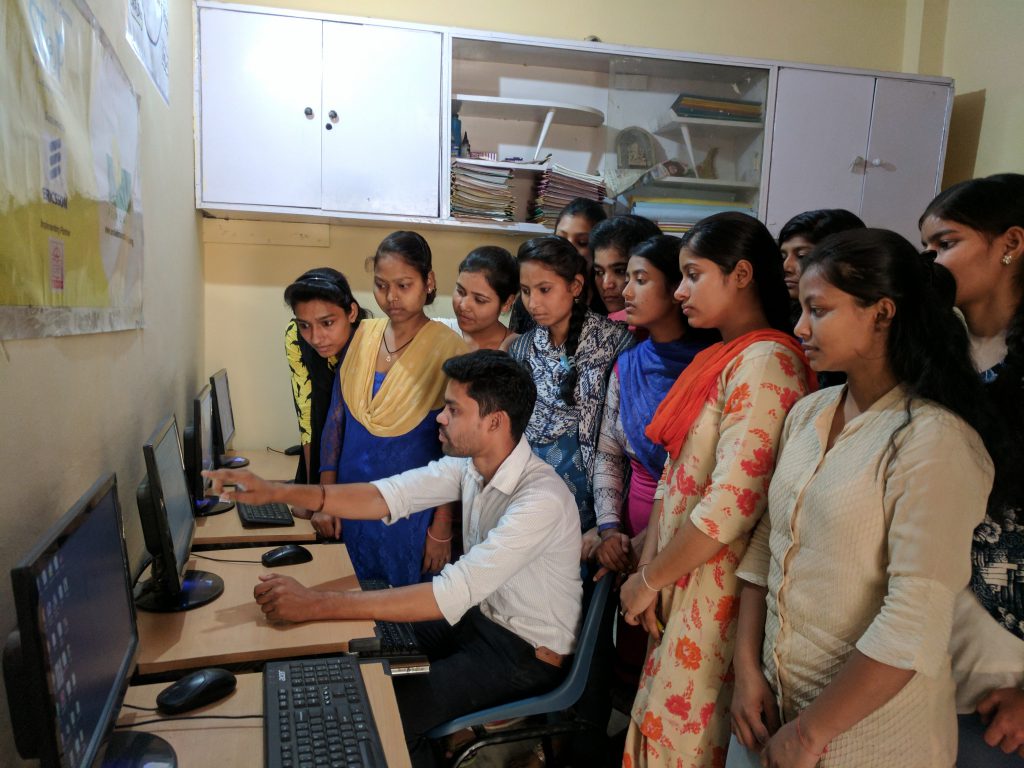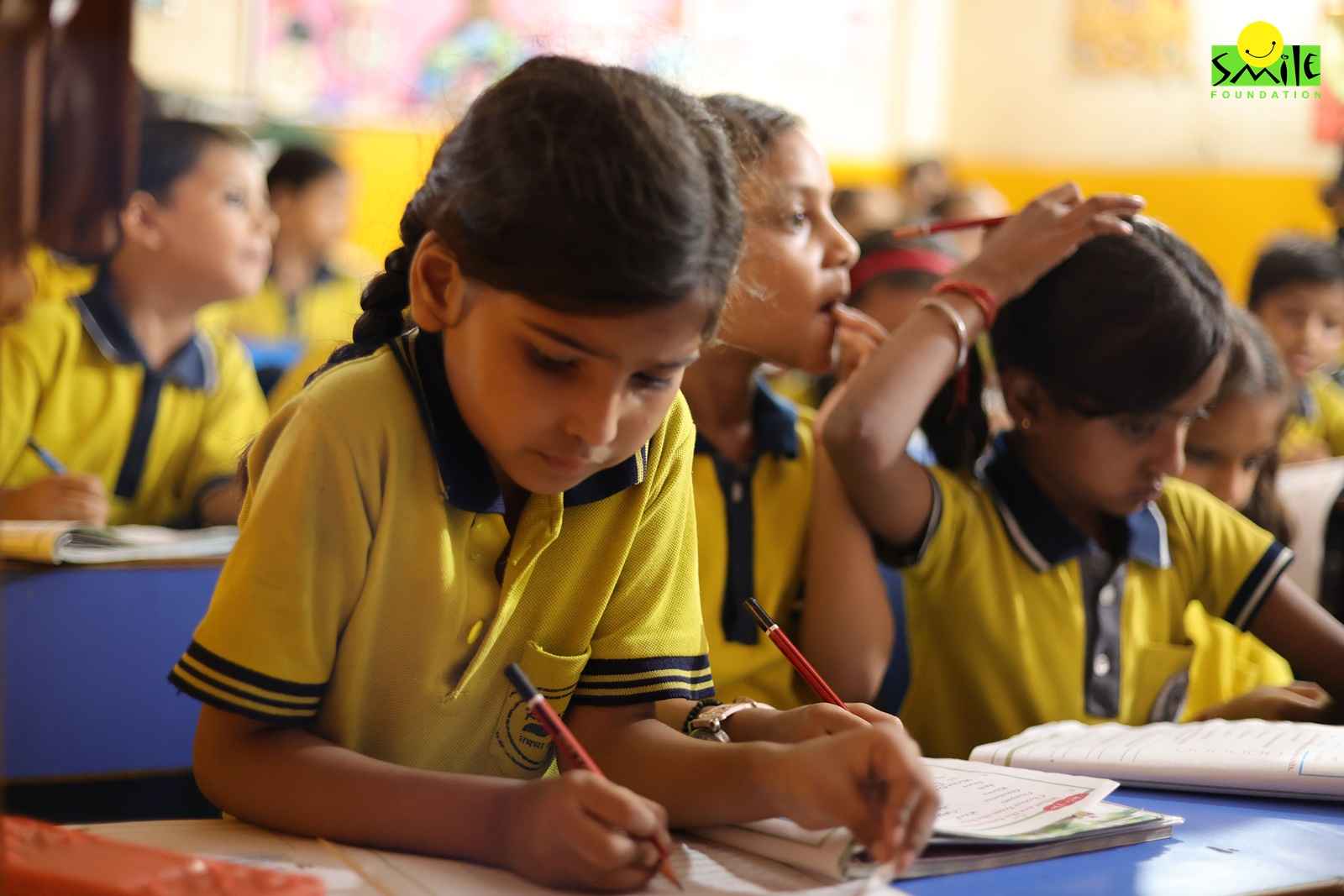As we celebrated the World Literacy Day this week, in the neo-normal scenario induced by the pandemic, it is evident to all that we need to move beyond just literacy to digital literacy, particularly at the grassroots where it can impact several development indicators and propel progress.
In line with this, laying additional force behind the Digital India mission, the government has announced that it will extend internet services to six lakh villages in the next three years.The move is expected to intensify making of digital benefits in education, banking and tele medicine inclusive.
With 70 percent of India’s billion plus population residing in villages, digital inclusion, indeed should be the central theme of any digital literacy program.
Health has become the key concern today for both rich and poor. In a no-contact world while the urban population avail virtual consultation, the rural counterparts do not have such facilities. Most of the health centres and doctors are concentrated in the cities. Telemedicine, in such scenarios, can eliminate such challenges and enable remote treatment.
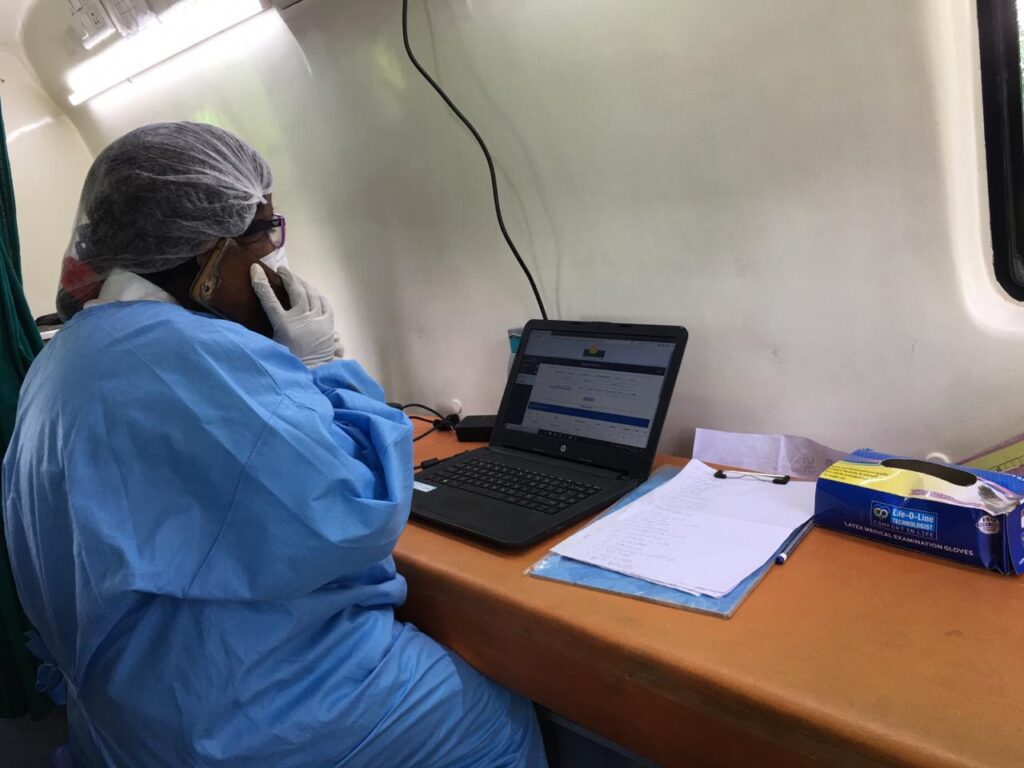
Small kiosk-like community based digital clinics can be set up with the government facilitating all the necessary equipment required. Village youth can be skilled on virtually connecting the patients and the doctors through digital training. These youths can also be trained on carrying out first level diagnosis like blood test, checking blood pressure, temperature etc. This not only brings the healthcare to people’s doorstep but also enables livelihood for the village youth.
About 72 percent of the rural workforce is engaged in agriculture. Digital literacy can be the springboard to include them into the development process. Information and Communication Technology (ICT) can bring at the farmer’s disposal important information like natural resources in the surrounding, agricultural practices to be employed, seasons and monsoons, market rates of different commodities, government schemes, the funds earmarked for rural development in their area and track the expenditures. This will drastically bring down the exploitation of this section by middlemen.
The pandemic woke us up to the need for interjecting technology into education. Reports reveal that 320 million Indian students were impacted. Government was quick to respond with its recommendation for “online teaching.” But this left behind a large part of the students in rural areas – where internet access ranges at only 14.9 percent. This is a great opportunity to build a community based learning infrastructure. We can create a ‘digital volunteer’ model where households with internet access can share their bandwidth and people with smart phones can lend their devices to enable remote learning in their localities. The teachers and students at each local digital learning pocket can be adopted by a high-tech urban school to impart cutting edge education.
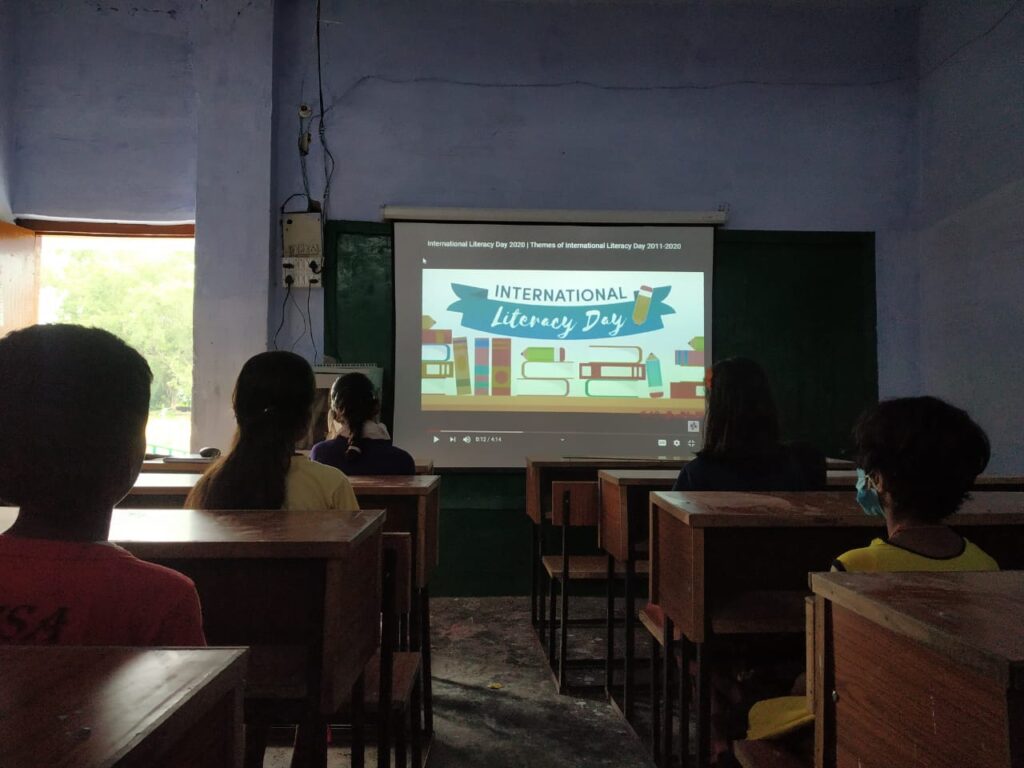
Digital literacy can be a great means in for proliferating micro-entrepreneurship for women – thus serving the vision of financial independence. Through digital literacy they can learn about various financing schemes like the Mudra Yojna, Stree Shakti package and Dena Shakti among others. They can even avail various government backed women’s skilling programs. The National Skill Development Corporation (NSDC) is imparting digital, accounting and entrepreneurial skills to rural women to help them set up their own business.
The government has also launched a number of programs like the National Digital Literacy Mission (NDLM), The Digital Saksharta Abhiyan (DISHA), and the Pradhan Mantri Gramin Digital Saksharta Abhiyan (PMGDISHA). The key target audience are the ASHA workers, government functionaries, and fair-price shop workers among others.
There has also been massive participation by the private sector players. A case in point is Code Unnati by SAP for digital education of children of Dharavi in Mumbai. Similarly, Facebook is intending to train1 lakh women in seven Indian states on digital literacy. ITC has set up e-Choupal e-agricultural marketplace onboarding4 million farmers across 10 Indian states online.
Through a more inclusive effort, India can become a role model on how to build a digitally connected nation. But at the core, the digital literacy mission is about changing behaviour and inspiring the will to learn. To make this happen the government will need – apart from private participation, community involvement to create the awareness and the necessary buy-in among people by demonstrating its benefits. Community based organisations which work directly and closely with the people can play a key role in bringing this behavioural change.
To know more about Smile Foundation’s research on digital literacy and problem of inclusion of all visit https://www.smilefoundationindia.org/Media/about56per-cent-of-children-have-no-access-to-smartphones-for-elearning-study.html



